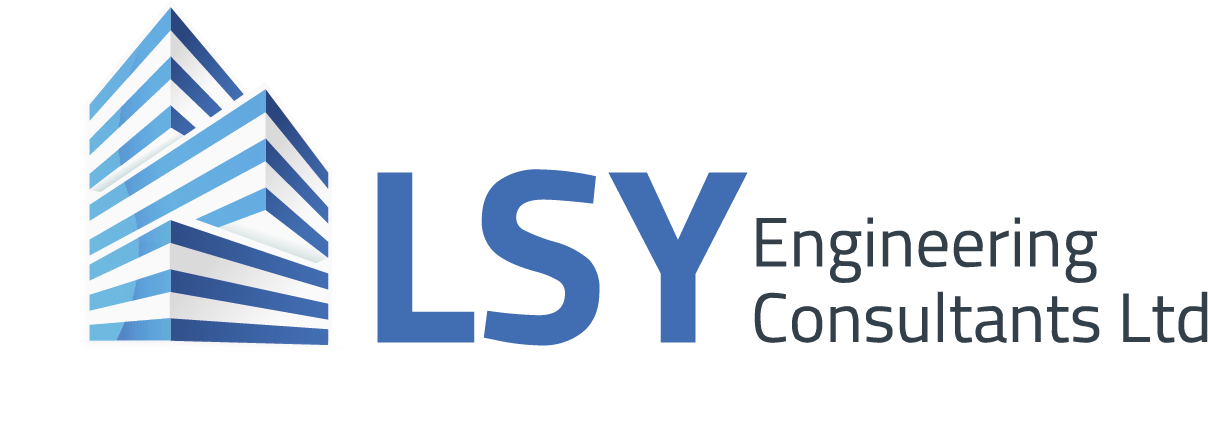Achieving Smooth BIM Workflows: Clash Avoidance vs. Clash Detection

Building Information Modelling (BIM) has transformed the construction and design industry by improving project management and minimizing errors. Clash detection is a vital part of BIM, allowing teams to find and fix conflicts in the virtual model. However, it’s equally important to proactively prevent clashes in the first place. In this article, we’ll explore strategies for using both clash avoidance and clash detection effectively in your BIM workflows.
Clash Detection vs. Clash Avoidance
Let’s clarify the difference:
- Clash Detection: Identifying conflicts in the virtual model after they occur.
- Clash Avoidance: Preventing conflicts through proactive planning and coordination.
Strategies for Effective Clash Avoidance:
- Early Collaboration: Start collaboration among project stakeholders, including architects, engineers, contractors, and subcontractors, as early as possible. Encourage open communication and information sharing to identify and address potential conflicts in the design phase.
- Standardization: Establish and enforce design and construction standards that all project team members must adhere to. Standardization can include naming conventions, design guidelines, and model authoring procedures to ensure consistency throughout the project.
- Model Validation: Regularly validate the BIM models to ensure accuracy and completeness. This includes checking for missing information, incorrect data, or modelling errors. Maintaining clean and accurate models reduces the likelihood of clashes.
- Design Review Meetings: Conduct regular design review meetings where stakeholders come together to assess the project’s progress and identify any potential issues. These meetings facilitate early clash identification and resolution.
- Clash Prevention Workshops: Organize workshops or training sessions to educate the project team on clash avoidance principles and techniques. This can help team members proactively address design conflicts in their respective disciplines.
Strategies for Effective Clash Detection:
- Automated Clash Detection: Leverage BIM software’s automated clash detection capabilities to identify clashes efficiently. Set up automated clash tests and regularly review the clash reports to address conflicts promptly.
- Clash Report Management: Establish a clear process for managing clash reports. Assign responsibilities for resolving clashes, tracking progress, and documenting resolutions. Prioritize and categorize clashes based on severity and impact on the project schedule.
- Iterative Testing: Perform clash tests at multiple project milestones, such as design development, pre-construction, and construction phases. Early detection and resolution of clashes can prevent costly changes later in the project.
- Clash Visualization: Use 3D visualization tools to make clash reports more accessible and understandable for the entire project team. Visual representations of clashes can help in decision-making and coordination.
- Regular Updates: Continuously update and re-run clash detection tests as the project evolves. Changes in the design or construction plan can introduce new clashes, and regular testing ensures that clashes are caught early.
Conclusion
Balancing clash avoidance and clash detection is essential for successful BIM workflows. By fostering collaboration, following standards, and using advanced techniques, construction projects can reduce clashes, leading to smoother execution and cost savings. Effective BIM workflows rely on both proactive clash avoidance and efficient clash detection.
Back to all news